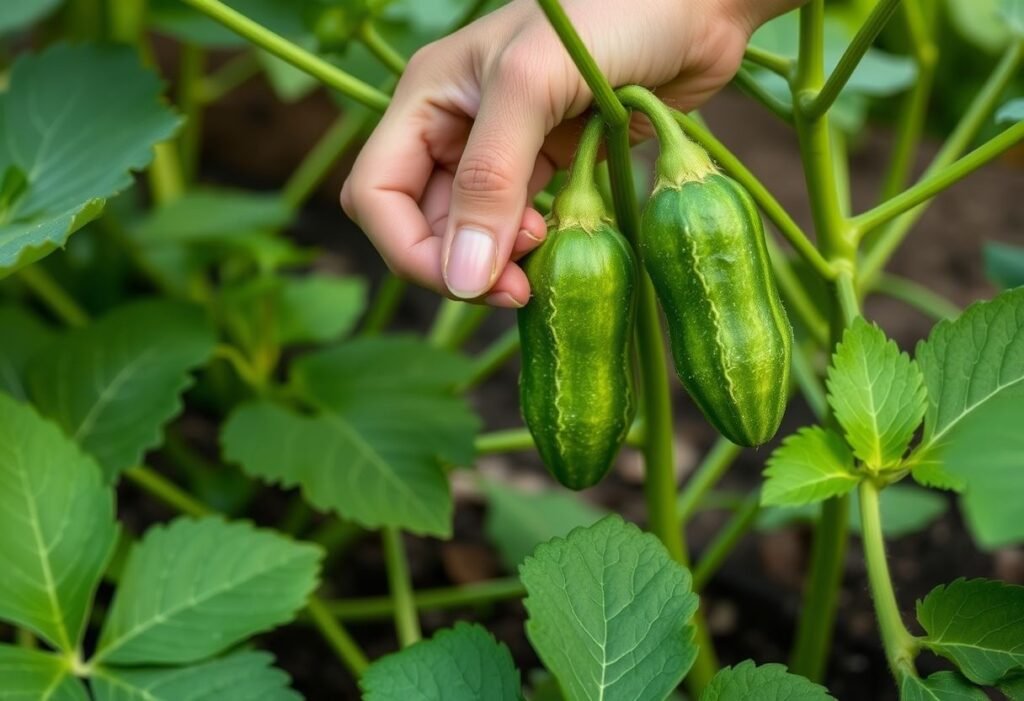Why Fertilizing Cucumber Plants is Crucial?
Fertilization is essential for fertilizing cucumber plants because cucumbers have high nutrient demands. Without the right nutrients, these plants may struggle to grow, resulting in poor yields. Adequate fertilization enhances plant health, promotes growth, and increases their resistance to diseases. As a result, you can enjoy beautiful, healthy, and tasty cucumbers from your garden.
Key Nutrients for Cucumbers
When it comes to fertilizing cucumber plants, three essential nutrients are nitrogen, phosphorus, and potassium. Nitrogen favors leaf growth, phosphorus aids root development, and potassium influences fruit quality. Therefore, selecting fertilizers should be based on soil analysis and the specific needs of your plants.
When to Fertilize Cucumbers?
Timing matters in fertilizing cucumber plants. Ideally, fertilization should occur before planting, followed by several applications throughout the growing season. Granular fertilizers can be used at the beginning, while liquid fertilizers are beneficial for quick absorption by plants. It’s best to fertilize on warmer days to maximize nutrient uptake by the plants.
Choosing the Right Fertilizers
Selecting the right fertilizers is key to success. Start with natural fertilizers like compost or manure for fertilizing cucumber plants, which provide organic nutrients. Later, you can use mineral fertilizers to quickly replenish any lacking minerals. It’s crucial not to overdo fertilizers, as excessive amounts can harm your plants.
Monitoring Plant Needs Frequently
To fertilize effectively, observe your cucumber plants closely. Changes in leaf appearance, like yellowing, can indicate nutrient deficiencies. Fertilizing cucumber plants should be adaptable and aligned with the plants’ current needs. Stay vigilant and respond to any signals to ensure the best growing conditions for your cucumbers.
Eco-Friendly Fertilizing Methods for Cucumbers
Utilizing eco-friendly fertilizing techniques not only improves the quality of your harvest but also protects the environment. Planting legumes alongside cucumbers can enhance soil quality. Employing natural fertilizers, such as wood ash or plant residues, also supports the natural life cycle of the soil.
The Role of Water in Fertilization
Don’t forget that fertilizing cucumber plants needs to be paired with proper watering. Water helps transport nutrients to the plant roots. Therefore, regular watering, especially during dry spells, is crucial for healthy cucumber development.
Conclusion
In conclusion, fertilizing cucumber plants is a vital component influencing their health and yields. By selecting the right fertilizers and adjusting their application to the plants’ needs, you can enjoy delicious cucumbers that will impress both family and friends. Don’t hesitate, start today, and create your dream cucumber garden!
Disclaimer
This article is for informational purposes and does not constitute professional advice. Always consult with an expert before making decisions about fertilization.

















